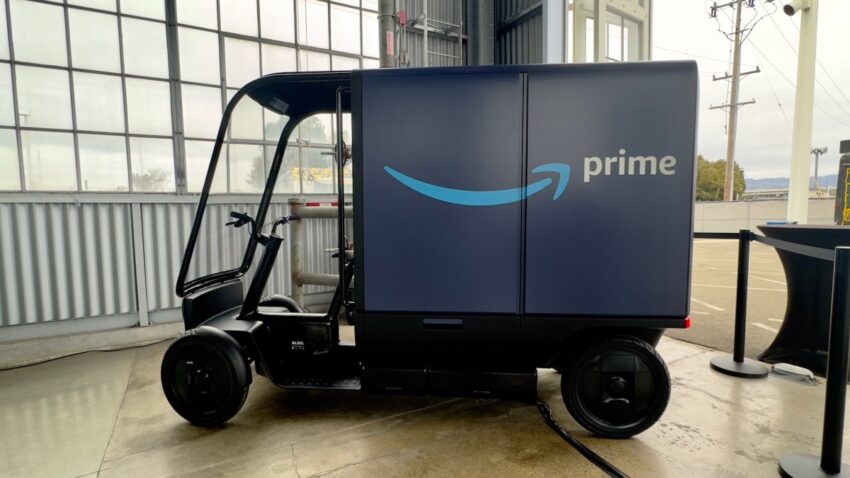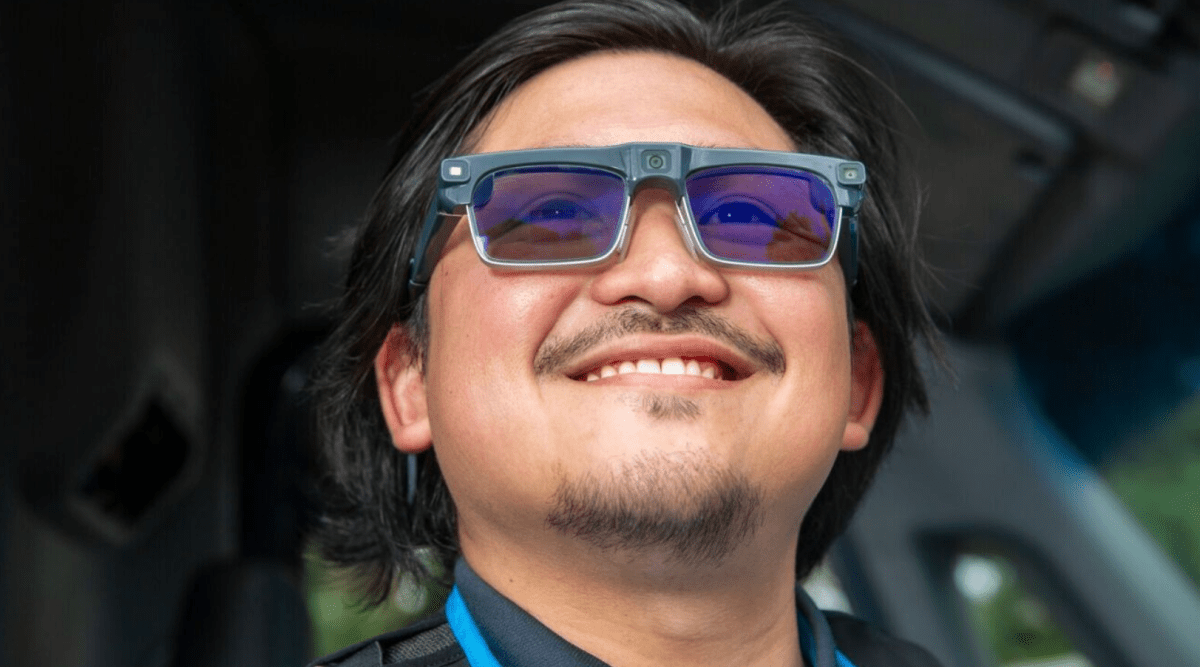
amazon will buy thousands of pedal-assist cargo Amazon has announced a significant investment in sustainable delivery solutions by purchasing thousands of pedal-assist cargo vehicles from the Rivian spinoff, Also.
amazon will buy thousands of pedal-assist cargo
Overview of the Partnership
In a move aimed at enhancing its delivery capabilities while reducing its carbon footprint, Amazon has partnered with Also, a company that emerged from Rivian’s innovative approach to electric vehicles. This partnership will see Amazon acquiring thousands of pedal-assist cargo vehicles designed specifically for urban environments. These vehicles are not only eco-friendly but also versatile, allowing for efficient navigation through congested city streets and bike lanes.
The Pedal-Assist Cargo Vehicles
The pedal-assist cargo vehicles are a new breed of delivery vans that combine the functionality of traditional delivery trucks with the agility of bicycles. These narrow vehicles are engineered to operate seamlessly in bike lanes, making them ideal for urban deliveries where space is often at a premium. The design allows for easy maneuverability, enabling delivery personnel to navigate through traffic and reach their destinations more quickly.
Equipped with electric pedal-assist technology, these vehicles require minimal effort from the driver, making them suitable for longer distances without the fatigue associated with traditional cycling. The integration of electric assistance not only enhances the efficiency of deliveries but also contributes to a reduction in greenhouse gas emissions, aligning with Amazon’s broader sustainability goals.
Amazon’s Commitment to Sustainability
Amazon has been vocal about its commitment to sustainability, pledging to reach net-zero carbon by 2040. This ambitious goal is part of the company’s broader initiative known as “The Climate Pledge,” which aims to encourage other businesses to adopt similar practices. The acquisition of pedal-assist cargo vehicles is a strategic step towards achieving this goal, as it allows Amazon to reduce its reliance on fossil fuels and decrease its overall carbon footprint.
Broader Implications for Urban Logistics
The introduction of pedal-assist cargo vehicles could have far-reaching implications for urban logistics. As cities around the world grapple with increasing traffic congestion and pollution, innovative delivery solutions like these could help alleviate some of these challenges. By utilizing vehicles that can operate in bike lanes, Amazon is not only improving its delivery efficiency but also promoting a shift towards more sustainable urban transport solutions.
Moreover, the use of pedal-assist vehicles could inspire other companies to explore similar options, potentially leading to a broader industry-wide shift towards greener logistics. As urban areas continue to expand and evolve, the demand for efficient and eco-friendly delivery methods will only grow, making this partnership a timely and strategic move for Amazon.
Stakeholder Reactions
The announcement has garnered attention from various stakeholders, including environmental advocates, urban planners, and logistics experts. Many view this partnership as a positive step towards reducing the environmental impact of last-mile delivery services. Environmental groups have praised Amazon’s initiative, emphasizing the importance of adopting sustainable practices in the logistics sector.
Urban planners have also expressed optimism about the potential benefits of integrating pedal-assist vehicles into city infrastructures. By allowing these vehicles to operate in bike lanes, cities can promote safer and more efficient delivery methods while encouraging cycling as a viable mode of transport. This could lead to a reduction in traffic congestion and improved air quality in urban areas.
Challenges Ahead
Despite the positive reception, challenges remain in the widespread adoption of pedal-assist cargo vehicles. One of the primary concerns is the infrastructure needed to support these vehicles. While bike lanes exist in many cities, not all urban areas are equipped with the necessary infrastructure to accommodate larger delivery vehicles. This could limit the effectiveness of the pedal-assist vehicles in certain regions.
Additionally, there are questions about the operational logistics of integrating these vehicles into Amazon’s existing delivery network. Training delivery personnel to operate pedal-assist vehicles and ensuring that they are adequately maintained will be essential for the success of this initiative. Amazon will need to invest in training and support systems to ensure a smooth transition to this new mode of delivery.
Future Outlook
Looking ahead, the partnership between Amazon and Also could pave the way for further innovations in the delivery sector. As technology continues to evolve, we may see the development of even more advanced cargo vehicles that combine electric and pedal-assist technologies. This could lead to a new era of sustainable delivery solutions that prioritize efficiency and environmental responsibility.
Furthermore, the success of this initiative could encourage other major retailers to explore similar partnerships and investments in sustainable delivery methods. As consumer demand for eco-friendly practices grows, companies that prioritize sustainability may gain a competitive edge in the marketplace.
Conclusion
Amazon’s decision to purchase thousands of pedal-assist cargo vehicles from Also marks a significant step towards more sustainable urban logistics. By integrating these innovative vehicles into its delivery network, Amazon is not only enhancing its operational efficiency but also contributing to a greener future. As cities continue to evolve and face new challenges, the adoption of eco-friendly delivery solutions will be crucial in shaping the future of urban logistics.
As the partnership unfolds, it will be essential to monitor its impact on both Amazon’s delivery operations and the broader logistics industry. The success of this initiative could serve as a model for other companies looking to reduce their environmental impact while meeting the demands of modern consumers.
Source: Original report
Was this helpful?
Last Modified: October 23, 2025 at 8:38 am
1 views















